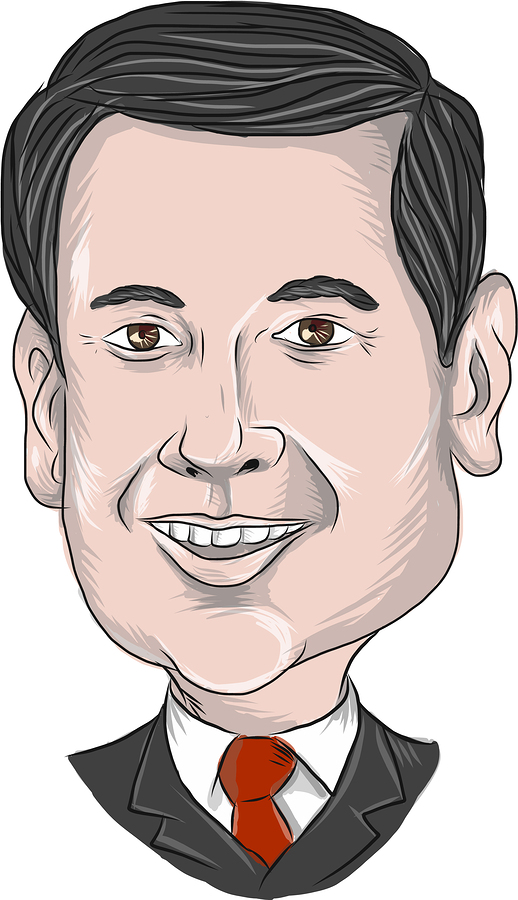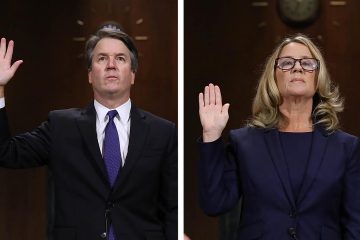Don’t Disrespect the U.S. Vice Presidency: Albert R. Hunt

(Bloomberg View) —Will Hillary Clinton pick Senator Sherrod Brown as her running mate to carry his home state of Ohio or turn to Senator Elizabeth Warren, flame-thrower of the Democratic left, to energize Bernie Sanders fans? Will Donald Trump tap Senator Marco Rubio in a bid for Florida?
Vice-presidential choices matter, but not because of the tactical considerations that insiders like to chatter about. It’s still fun to repeat that famous line about the bucket of warm spit. It’s just that it’s no longer true.
As a new book by Joel Goldstein, a St. Louis lawyer, makes clear, the vice presidency has taken on a crucial governing dimension over the last 40 years. The last two vice presidents, Joe Biden and Dick Cheney, have been huge players in Washington and around the world. They played no role, however, in delivering their home states of Delaware and Wyoming to Barack Obama and George W. Bush.
“The right question to ask now is the governance question,” Goldstein said in an interview. “Can you see the person selected dealing with Putin or negotiating with leaders of Congress? Can they deal on an equal basis with a Hillary Clinton or Bob Gates or Colin Powell and Don Rumsfeld?”
That is a bottom line that is far more important than any effect on the electoral map. No one doubts that Cheney and Biden exerted enormous influence in their administrations. This is in sharp contrast to earlier times. In the 1960s, the Democrats Lyndon Johnson and Hubert Humphrey were bored and sometimes humiliated as vice presidents. Then the Republican Spiro T. Agnew took the office to new depths in 1973 when he accepted bribes and had to resign. (A year later, his boss Richard Nixon stepped down; he’d been Dwight Eisenhower’s ineffectual vice president in the 1950s.)
The status of the vice presidency changed in 1976 with the rise of Jimmy Carter’s vice president, Walter F. Mondale. The role is still referred to as the “Mondale model.”
Dick Moe, who was chief of staff to Mondale, notes that President Carter and his boss “established a totally different vice presidency.” Mondale became an influential presidential adviser with “unprecedented access to the president and all the information,” Moe said.
Carter told presidential staffers to treat any request from the vice president as if it had come from him and installed Mondale in the White House West Wing near the Oval Office. Previously, vice presidents had worked next door to the White House in the Old Executive Office Building. “Mondale said if you’re in the EOB you might as well be in Baltimore,” Moe recalled.
The Mondale model stuck. All five vice presidents who succeeded him had influence and West Wing offices. George H.W. Bush was an important behind-the-scenes adviser to President Ronald Reagan and Al Gore was a public influence on President Bill Clinton. Dan Quayle acquired a reputation as a lightweight, but he too carried out sensitive and important assignments; after President George H.W. Bush broke his no-new-taxes pledge, it was Quayle who sought to mend fences and cut deals with disgruntled congressional Republicans. Cheney drove national security policy during George W. Bush’s first term.
The Obama-Biden relationship has weathered tests that others would have failed. During the 2012 election campaign, for example, Biden endorsed same-sex marriage even though the President had not.
Obama and the White House staff were furious. Shortly afterwards, the President took Biden’s position. The relationship has just gotten stronger.
This column does not necessarily reflect the opinion of the editorial board or Bloomberg LP and its owners.







No Comment